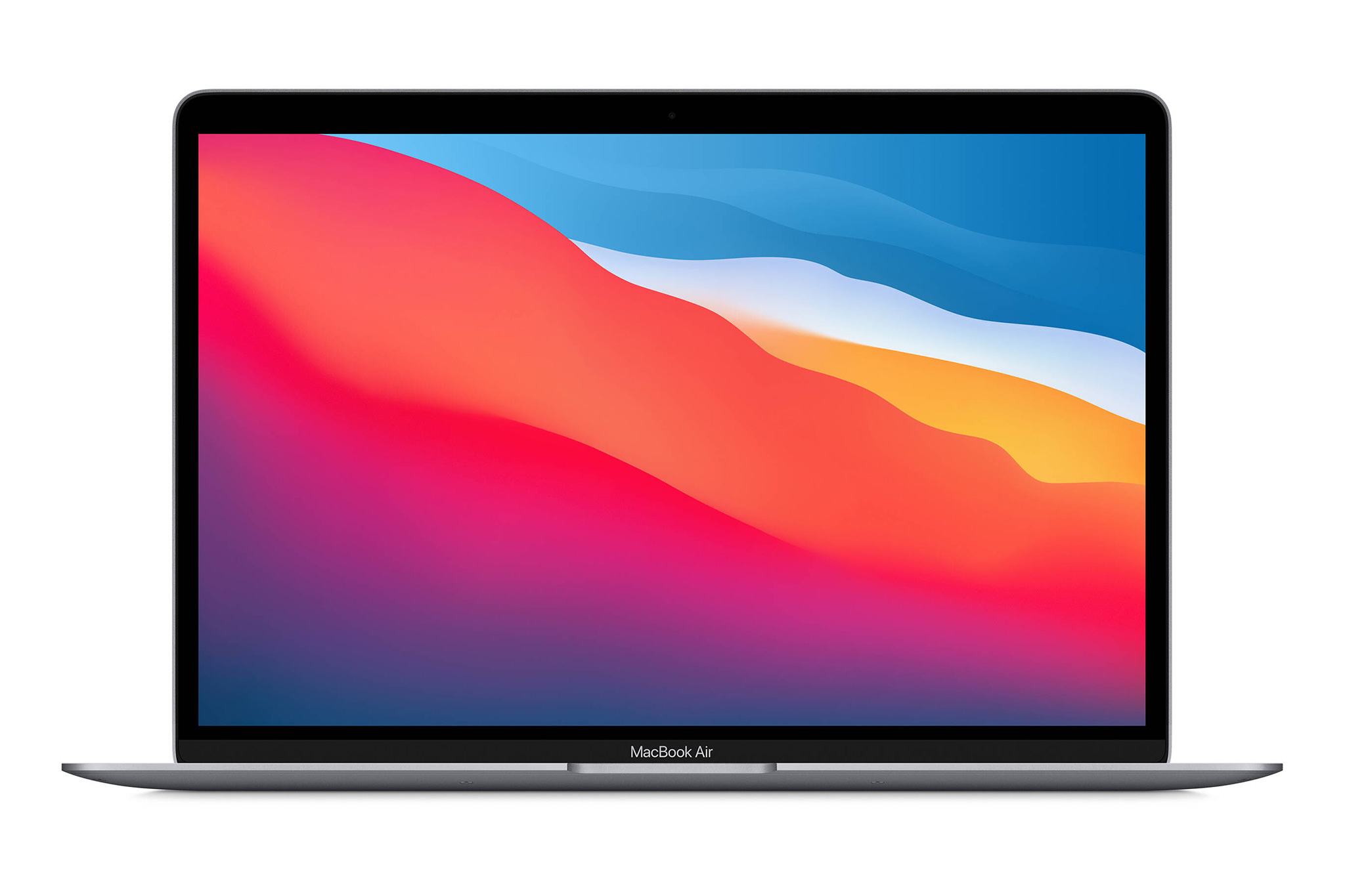

- #Mac pro for 4k red editing install
- #Mac pro for 4k red editing software
- #Mac pro for 4k red editing mac

#Mac pro for 4k red editing install
He was open to the idea so i started looking for used hardware to realize this.Ģx500W PSU (one could later install GPU(s) to make it into a render machineĪ SLI MegaRAID Card with 8x SAS/SATA (SAS is important for my plan)
#Mac pro for 4k red editing mac
I suggested a RAID 5 Server with FreeNAS, connected via 2x 1Gib Ethernet to his Mac so he can edit right off that. He sometimes filmes on a 4K RED and so his internal SSD really doesnt do much for him. He is currently editing on a Mac Pro (trashcan) and copying his files from external HDD's to his internal SSD or HDD to edit. Maybe you can help me, that would be super awesomeĪ friend of mine is a indie film maker. However, as we see from the latest round of testing, performance from the new generation of Apple hardware should make proxies unnecessary.Hello everyone! I have some Questions about a project I am currently planning. Looking good though Proxy.īlackmagic’s color grading application Resolve supports 4K footage, and some people are using it to create proxies, then they edit the proxies in their editor before performing the final grade with the 4K footage in Resolve. No 4K ProRes editing 4me on my iMac even w/ BMD 4K Ultrastudio on my amish doc… too taxing. Philip Bloom posted last week that he was unable to edit 4K with the Blackmagic Design UltraStudio 4K Thunderbolt Capture & Playback device attached to his iMac, and had to work with proxy files. Adobe Premiere Pro, Sony Vegas, Final Cut Pro X, all claim to support 4K, though your computer may vary. Many editing applications have already made the jump to 4K. The previous hardware isn't up to snuff, even with dedicated Thunderbolt capture/playback devices, such as the new BlackMagic Design UltraStudio 4K Capture & Playback system. Currently, the editors are using proxy files instead of handling the actual 4K video, as Gollner described.

In the latest Film Maker magazine, Michael Murie writes about the "state of the art" in 4K workflows, covering capture, editing and playback in distribution. They are much more complex and difficult than the well-understood HD workflows. Check it out at the bottom of the blog post.īoth the MacBook Pro and Mac Pro appear ready to remake 4K workflows. Gollner simulated a 4D display and then put up 4 classic rotating globe clips with Final Cut Pro. But the MacBook Pro's performance is still strong. Of course, the Mac Pro will have vastly greater video processing power. This is the same architecture in the new Mac Pro. The new MacBook Pros replaced the standard SATA storage interface with a way-faster, 4-channel PCIe 3 connection (with twice the bandwidth of the low-end 13-inch MacBook Pro and MacBook Air). Some sites have reported even faster speeds. His mid-2009 model with a third-party SSD gave 265MBs and 206MBs, reads and writes, respectively. The hardware needed to enable this workflow are fast storage and system bandwidth, as well as, the performance to decode these large video streams.Īccording to Gollner, his disk speed tests of a 15-inch MacBook Pro 2013 with a 1TB SSD showed 878MBs reads and 943MBs writes. What could the next Mac Pro/Final Cut Pro X combination bring to 4K editing? The ability to import 4K clips and to work with them instantly – playing more than one at the same time without having to wait for rendering. Up until now, there have been two strategies of dealing with high quality video on systems that are too slow: wait for the computer the render the video to a single combined clip which can then be played back, or to make lower quality versions that can be edited without rendering. The system must be capable of handling three or four 4K video clips at once.
#Mac pro for 4k red editing software
The hardware and software issues of editing 4K video are detailed in a recent post at Alex Gollner's editing and media blog. And we can expect even more so with the Mac Pro. A number of recent speed tests show the memory architecture of the new MacBook Pro combined with its proprietary SSD can more-than handle the needs of 4K video editing.


 0 kommentar(er)
0 kommentar(er)
